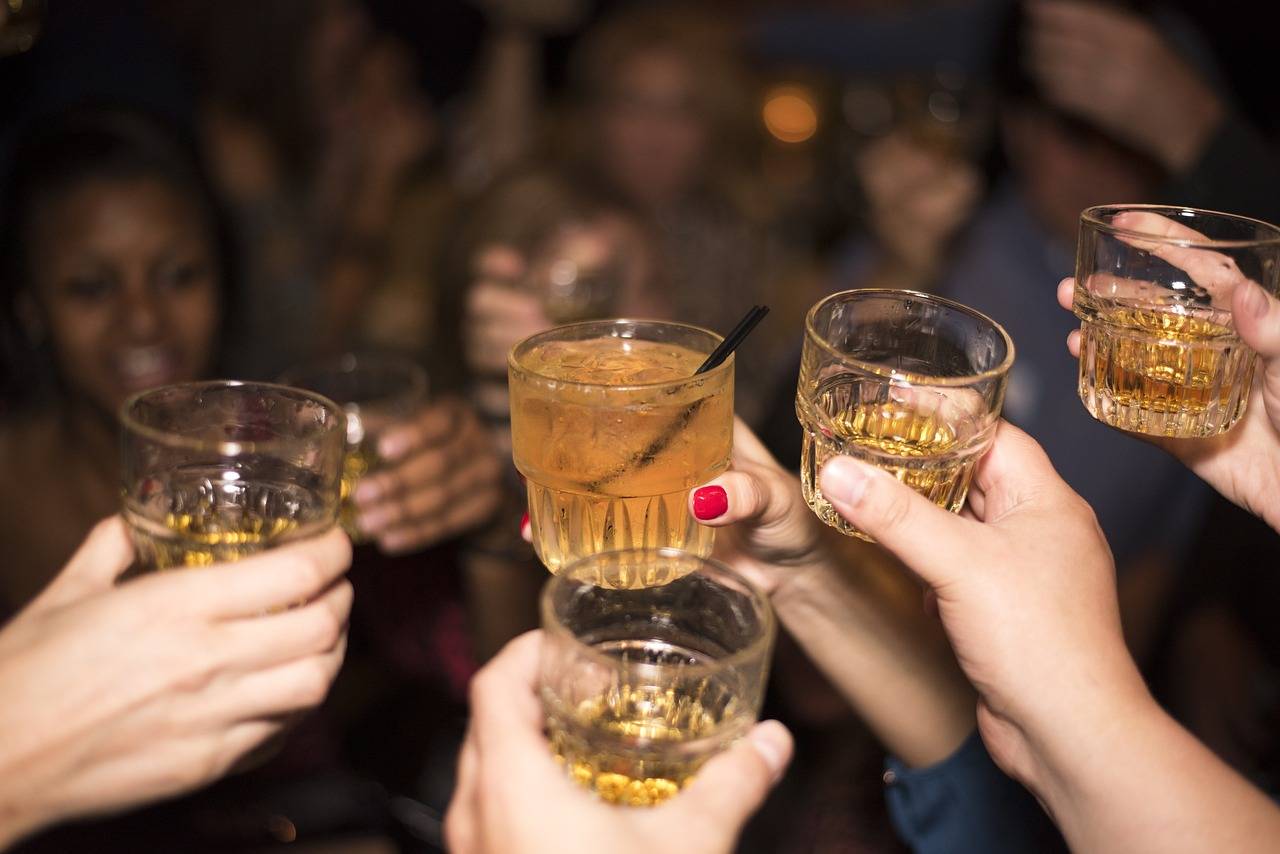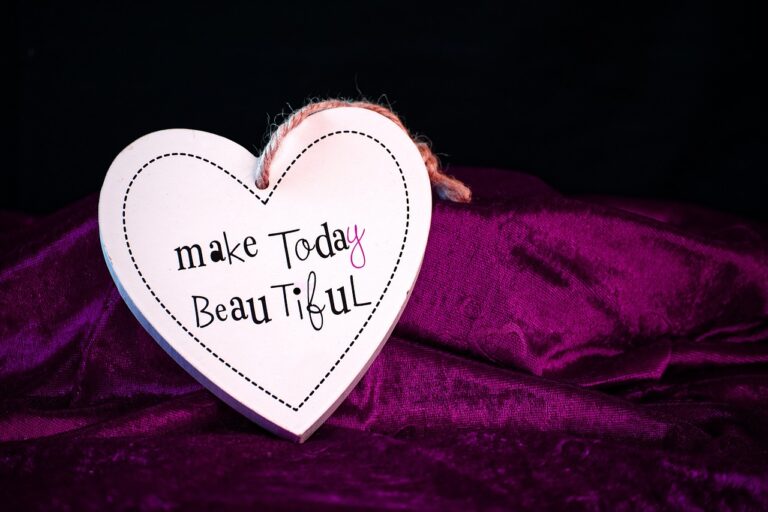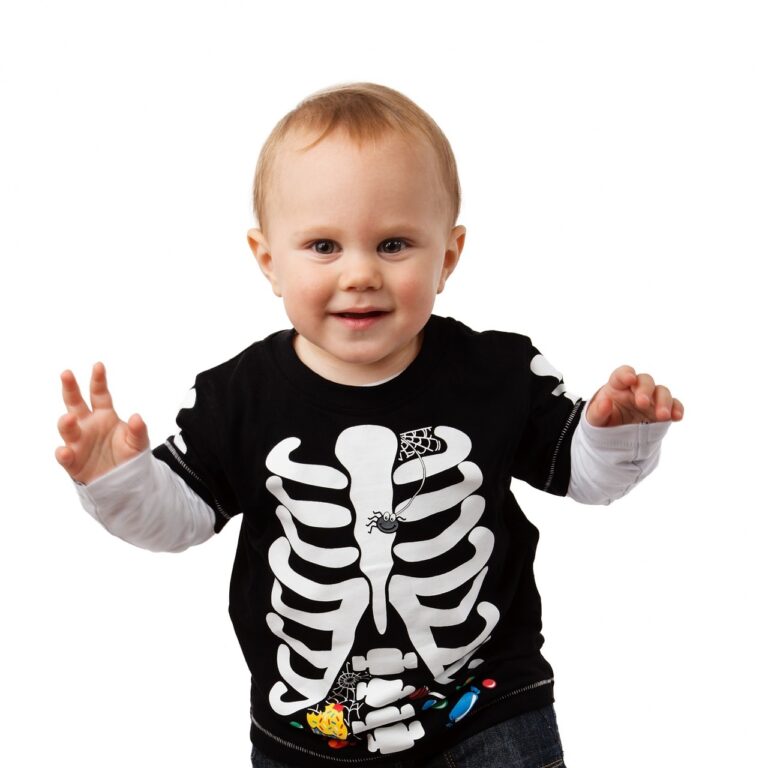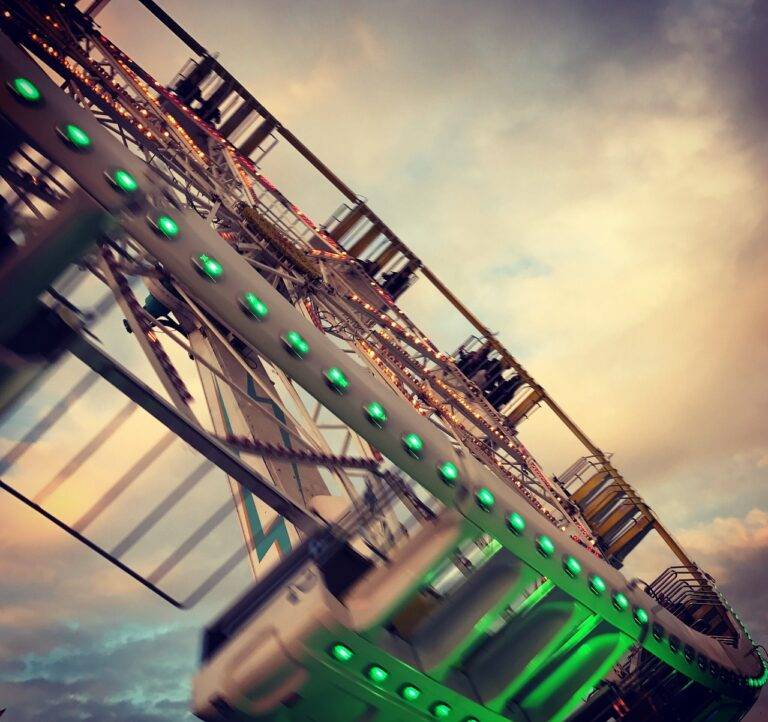The Representation of Power and Authority Through Costume Design: 99 exchange, Laser247, World 777 betting
99 exchange, laser247, world 777 betting: Power and authority are concepts that have been depicted in various forms of media for decades. From literature to film, these themes are often showcased through the use of costume design. The clothing worn by characters can help convey their status, personality, and role within a story. In this article, we will explore how costume design is used to represent power and authority in various forms of media.
The Importance of Costume Design
Costume design plays a crucial role in portraying characters in a visual medium. It helps the audience understand the world in which the characters inhabit and provides insight into their personalities. When it comes to representing power and authority, costume design can be a powerful tool in conveying these themes.
Symbolism in Costume Design
Costumes are often used to symbolize power and authority in various ways. For example, characters in positions of power may be dressed in rich, luxurious fabrics and ornate designs to signify their wealth and status. On the other hand, characters who lack authority may be dressed in simpler, more subdued clothing to reflect their position in society.
Color Choice
The color of a character’s costume can also play a significant role in representing power and authority. Dark, bold colors such as black and red are often associated with power and dominance, while lighter colors like white can symbolize purity and authority. By carefully selecting the colors of a character’s costume, costume designers can effectively convey their role and status within a story.
Historical Context
Costume design can also be influenced by the historical context of a story. For example, characters in a medieval setting may be dressed in elaborate armor and flowing robes to represent their status as knights or royalty. By accurately depicting the fashion of a particular time period, costume designers can further enhance the audience’s understanding of a character’s power and authority.
The Transformation of Characters
Costume design can also be used to signify a character’s transformation throughout a story. For example, a character who starts off as meek and powerless may undergo a change in their clothing as they gain confidence and authority. By using costume design to reflect a character’s growth and development, filmmakers and costume designers can create a visually compelling narrative for the audience.
Overall, costume design is a powerful tool in representing power and authority in various forms of media. Through the use of symbolism, color choice, historical context, and character transformation, costume designers can effectively convey these themes to the audience. By paying attention to the details of costume design, filmmakers can create visually stunning works that resonate with viewers on a deeper level.
FAQs
1. How does costume design differ in representing power and authority in different cultures?
Costume design can vary greatly depending on the cultural context of a story. Different cultures may have unique symbols and color associations that are used to represent power and authority in varying ways.
2. Can costume design be used in other forms of media besides film and television?
Yes, costume design can also be utilized in theater productions, video games, and even fashion editorials to portray power and authority.
3. How can viewers interpret costume design when it comes to representing power and authority?
Viewers can analyze costume design by looking at the symbolism, color choices, historical context, and character development to gain a deeper understanding of the themes being portrayed.







